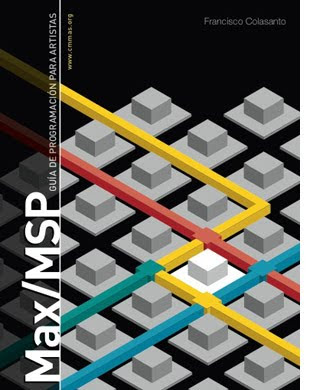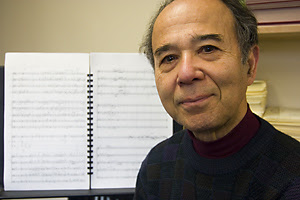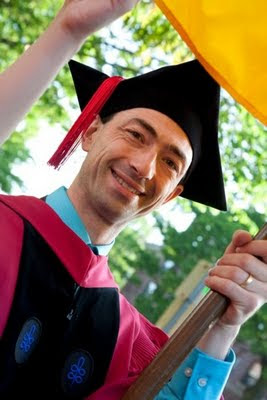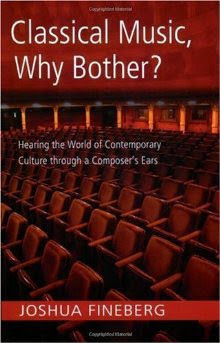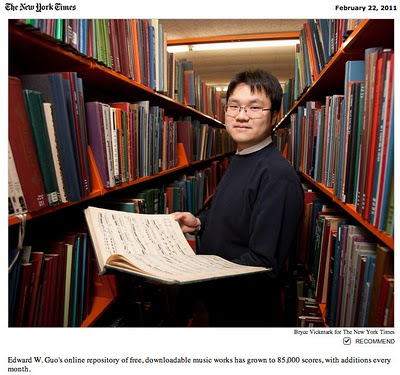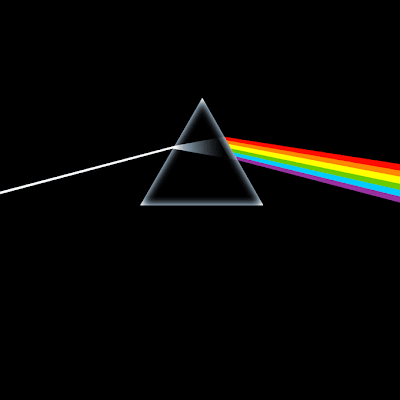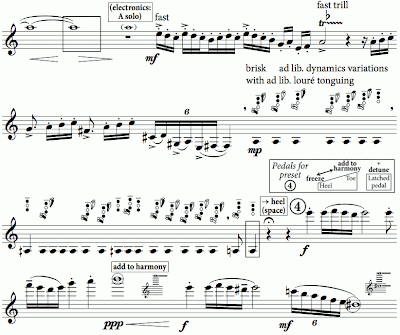My December readings
During this month of December 2011, I spent some time learning more about Physical Computing and the related topic Embedded systems . Here are the two books I found great: The first is the reference in the domain of physical computing for artists: Physical computing: Sensing and Controlling the Physical World with Computers . It is a very good reading to get started with connecting sensors and actuators to multimedia computers. The second is a book about PIC micro-controllers: Designing embedded systems with PIC microcontrollers . It requires a little more scientific background, and is not specifically written for artists, but it is a thorough introduction to the world of micro-controllers. I am going to include more physical computing studies in the course I teach in the "Multimedia Master - Music & Sound track", at the University of Franche-Comté. I'll let you know about that, in 2012! Happy new year!




